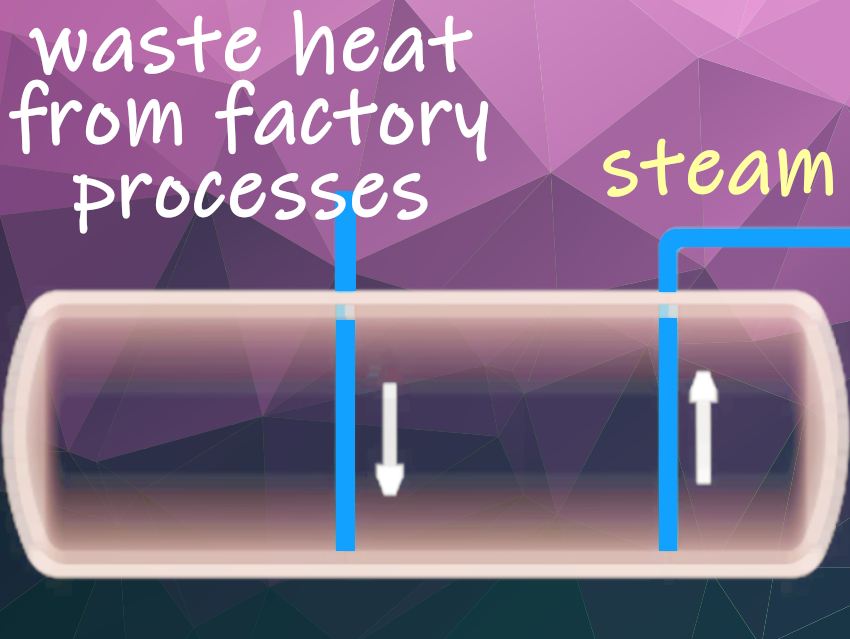BASF has received funding approval of up to EUR 310 million from the German Federal Ministry for Economic Affairs and Climate Action to construct the world’s most powerful industrial heat pump. In the coming months, the company will begin preparatory construction at its Ludwigshafen site in Germany. The project aims to significantly reduce CO2 emissions.
The planned plant will be the first of its kind for steam generation, with no comparable industrial pilot projects worldwide. Construction is scheduled to start in the first quarter of 2025. The heat pump will have a capacity of up to 500,000 metric tons of steam per year. The waste heat, used as a thermal energy source, is generated during the cooling and cleaning of process gases in one of the site’s two steam crackers. When powered by renewable electricity, the heat pump will generate CO2-free steam, most of which will be used in the production of formic acid. A smaller portion of the CO2-free steam will be supplied to other BASF production plants via the site’s steam network.
A typical heat pump can generate typicall 3 MW of energy by using only 1 MW of electricity by using waste heat. According to BASF, the heat pump has the potential to reduce greenhouse gas emissions by up to 98%. In total, the heat pump will reduce greenhouse gas emissions at the Ludwigshafen headquarters by up to 100,000 metric tons per year, BASF stated. The company aims to achieve net-zero CO2 emissions by 2050.
Alongside electricity, steam is one of the most critical energy sources in the chemical industry. At Ludwigshafen, steam is primarily used as process steam for production tasks like drying products, heating reactors, and distillation. Last year, BASF used around 14 million metric tons of steam at the site. Through heat recovery from production facilities, BASF already meets half of its steam needs using low-carbon processes. The remaining 50% is currently generated by gas and steam power plants.
- BASF SE, Ludwigshafen, Germany
Also of Interest

BASF, Linde, and SABIC put the first large-scale electrically heated steam cracking furnace into operation





